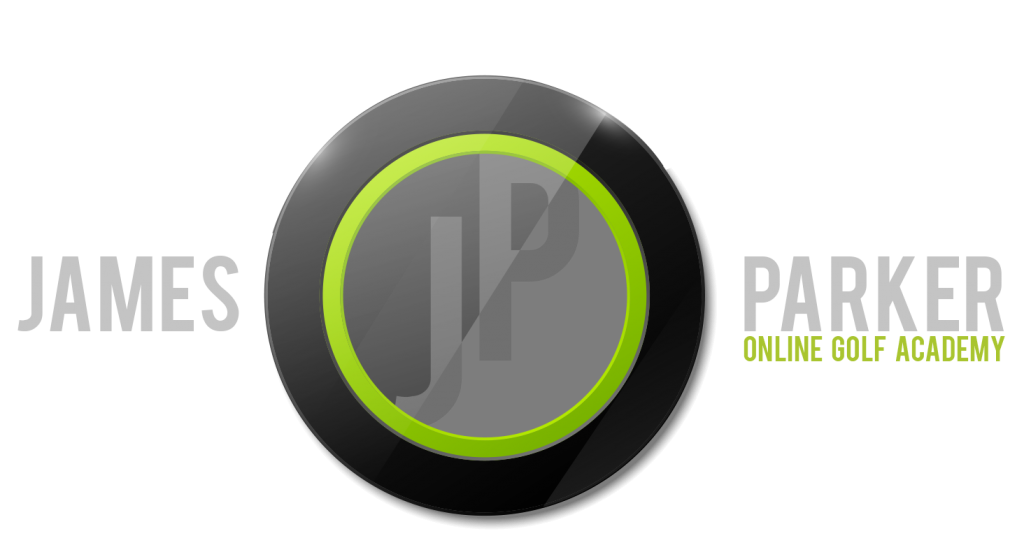Most golfers claim to perform at their highest level when they’re relaxed. Relaxation can take the form of mental or physical exercises, and both techniques can influence your state of anxiety and arousal levels, if performed correctly.
It would be very easy to teach these exercises in a dark room with no distractions but it wouldn’t really transfer effectively to a golf specific setting. I’ve never witnessed a tour player meditating next to the tee with their eyes closed because they felt a little stressed out that day!
The most effective mental and physical relaxation exercises should be applied in a golf specific way and are learned in the golfing environment.

The late great, Walter Hagen
It would be a lot more logical to take some time out to relax mentally between shots, or perhaps a break in play. This is your down-time so make sure you take time out to ‘smell the flowers along the way’ as Walter Hagen used to say.
When around the ball, use a physical relaxation exercise that is encompassed into your practice swing or pre-shot routine. For example, simply applying less pressure in the hands during the practice swing and shot. Remember all those hours of practice are more likely to show up on the course with soft hands on the club. Also, taking a long deep breath before walking into the shot is incredibly beneficial.
Controlling your physiology is a huge part of staying appropriately relaxed. For example, it’s very difficult to stay relaxed if you squeeze the club to tight.
Also, controlling your posture is effective in staying relaxed. If you have rapid eye movement, or assume a negative posture with your shoulders hunched over, and head and eyes looking downward. Its difficult to stay relaxed, as this type of behavior can be responsible for anxiety.
Staying ‘quiet’ both mentally and physically is important in staying relaxed and having access to those skills you have been honing on the range.
To read the full article: JPG members log in here
NON MEMBERS – Sign up for a FREE membership here
Best regards




Leave A Comment